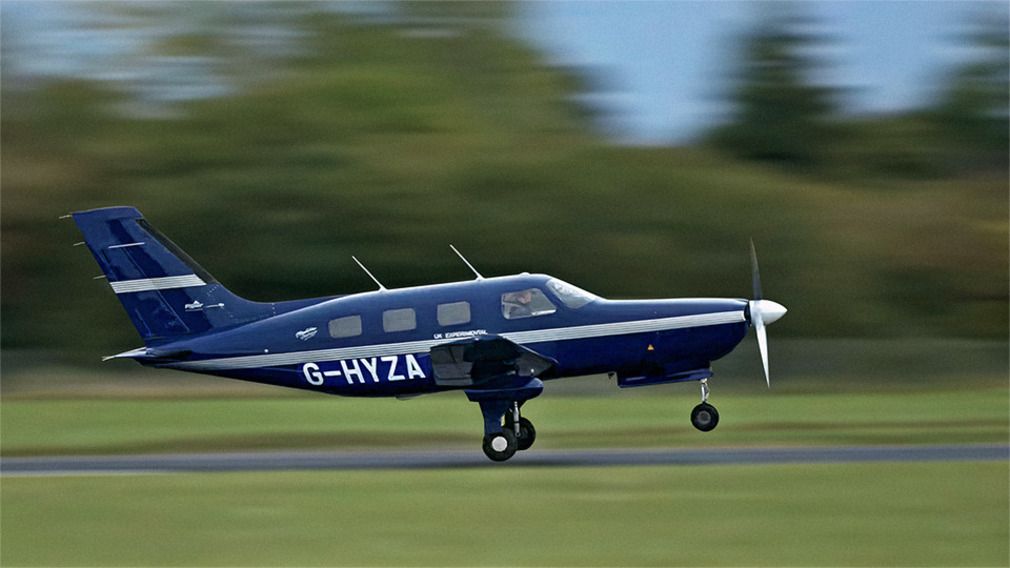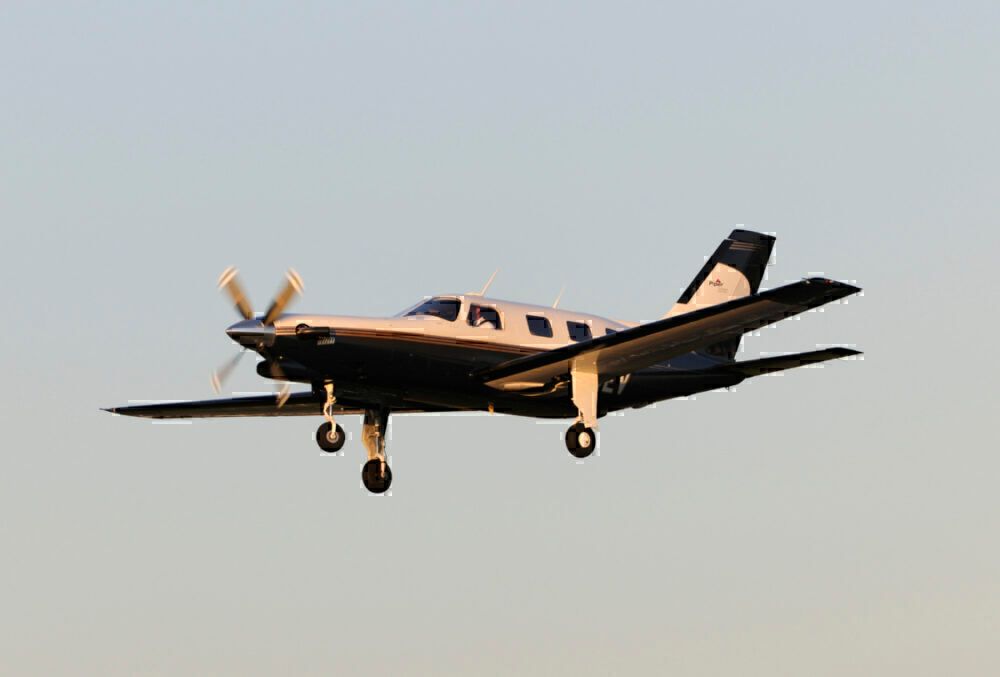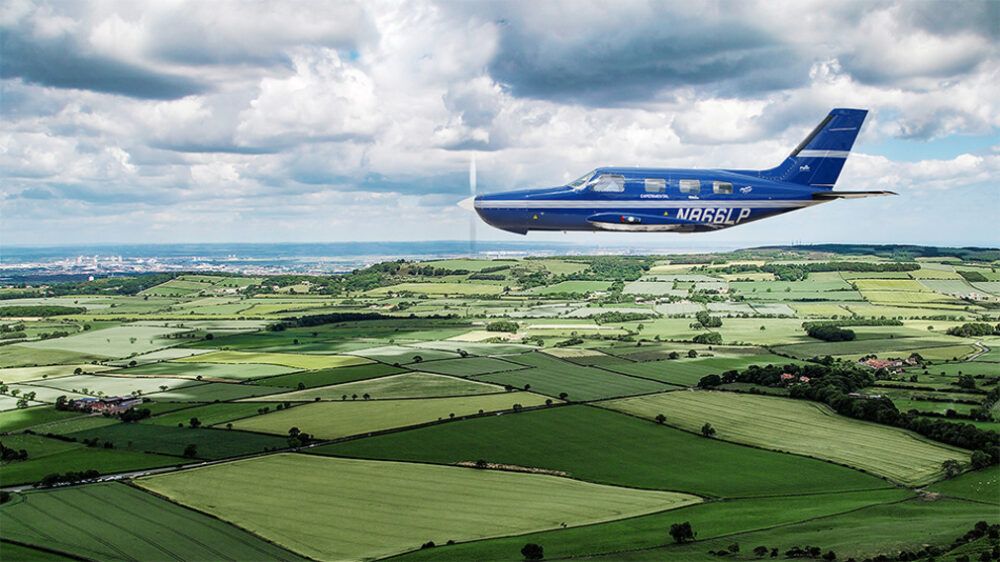**Update: 02/05/21 @ 11:33 UTC – A statement from a ZeroAvia spokesperson has been added; details below.**
ZeroAvia has been covering good ground in the mission to launch innovative sustainable aircraft over the last few years. The company was testing its hydrogen propulsion system with a Piper Malibu Mirage on April 29th. However, the plane sustained notable damage when landing in the English county of Bedfordshire.
Trouble after landing
According to Aviation International News, the plane landed in a field near the United Kingdom's Cranfield Airport at approximately 15:30. In a photo of the incident, the left wing can be seen detached from the aircraft. The horizontal stabilizer and cowling also appear to be damaged.
ZeroAvia has shared some details about what happened. However, investigations are still ongoing. Nonetheless, there were thankfully no injuries to the two crew members on board the plane.
"On April 29th, 2021, ZeroAvia’s R&D aircraft made a safe off-airport landing just outside the Bedfordshire airport perimeter in an adjacent field during a routine pattern test flight. The aircraft has sustained some damage, but everybody involved is safe, and without injury. The aircraft landed on its wheels and almost came to a stop, but was damaged as it reached uneven terrain at low speed," a ZeroAvia spokesperson told Simple Flying.
"The incident was immediately reported to the Air Accidents Investigation Branch, and the Fire Service attended on the ground, as is the standard procedure. We are investigating this incident and analyzing the data to assess the cause, and we will provide updates as we learn more."
Grand prospects
ZeroAvia has strong support within the aviation industry. Notably, British Airways is a significant backer. The airline is part of a group that has made a recent $24.3 million investment into the company.
The startup was only formed four years ago, but it has its sights on 50-seater aircraft by 2026. It is also looking at a 500-mile range, 10-20 seat commercial plane. Altogether, the British/American firm has faith in the launch of a 100-seat zero-emission aircraft before the end of this decade.
Stay informed: Sign up for our daily and weekly aviation news digests.
The program is centered around hydrogen-electric technology amid the growing industry-wide sustainability targets. The business' total private funding is now at over $53 million. Moreover, the overall funding raised since the launch of the company is now nearly $74 million.
There has been progress
Just last September, ZeroAvia's modified Piper Malibu Mirage made history by after a short trip around the Cranfield Airport. The plane was was powered by a hydrogen fuel cell, a groundbreaking achievement for the program as it is claimed to be the first-ever flight with zero-emission fuel for a “commercial-grade” passenger aircraft.
British Airways is keen to see the development of development of hydrogen-electric powered vehicles. Parent company IAG wants to reach zero emissions on short-haul operations by 2050. So, ZeroAvia's projects could prove crucial in this mission.
Altogether, despite the damage to the aircraft, the incident thankfully wasn't critical. ZeroAvia will undoubtedly be eager to get back in the skies again soon.
Simple flying reached out to ZeroAvia for comment on this incident. We will update the article with any further announcements from the company.
What are your thoughts about this incident with ZeroAvia's Piper Malibu Mirage? What are your thoughts on the wider program? Let us know what you think of the situation in the comment section.



